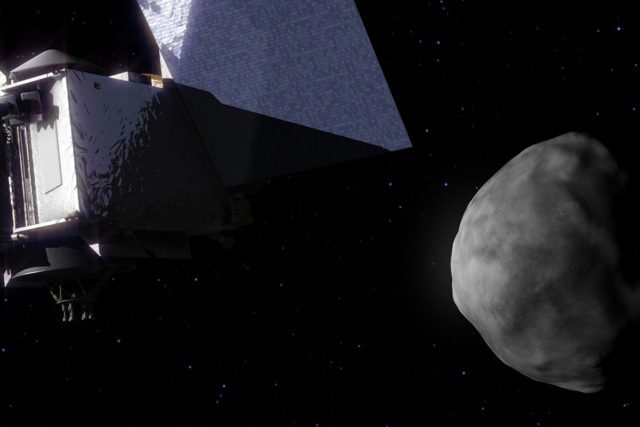Just 2 years after its launch from Florida, a NASA spacecraft is approaching an ancient asteroid, Bennu, to obtain a sample of space dust that could reveal clues about the beginning of life in the Solar System.
The space probe, OSIRIS-REx, has even gotten its first blurry image of the cosmic body, which is about the size of a small mountain, about 500 meters in diameter. The spacecraft is designed to move in an orbit around Bennu about 1.5 or 2 kilometers from its surface, to bring a sample to Earth in 2023.
The first images of Bennu were taken on August 17th, at a distance of 2.3 million kilometers from the US$ 800 million spacecraft. “This is as close as we have ever been to Bennu”, said Dante Lauretta, principal investigator of OSIRIS-REx, at the University of Arizona, Tucson. “It is significant because we are now in the vicinity of the asteroid, closer than we have ever been, even during the close approaches of the asteroid to Earth”.

Bennu was chosen among the approximately 500,000 asteroids in the Solar System because it orbits near the Earth’s path around the Sun. It is the right size for scientific study and is one of the oldest asteroids known to NASA. Astronomers say that there is a possibility of a 2,700 collision with the Earth in 2135. It is also a carbon-rich asteroid, the kind of cosmic body that could provide materials to the Earth that would propitiate life billions of years ago.
The OSIRIS-REx mission is not the first to visit an asteroid and try to collect a sample. Japan did it before and Europe has managed to land on a comet. But it is the first mission to bring asteroid samples to NASA, and its goal is to bring to Earth the largest sample in history, on the order of about 60 grams.
American men who walked on the Moon during the Apollo era in the 1960s and 1970s collected and transported 382 kilograms of lunar rocks to Earth. In December, the spacecraft will begin a detailed study of the surface of the asteroids, which NASA has defined as “arrival” to the asteroid. The orbital insertion is expected for December 31. The sample, however, will not be taken until July 2020.
![]()
